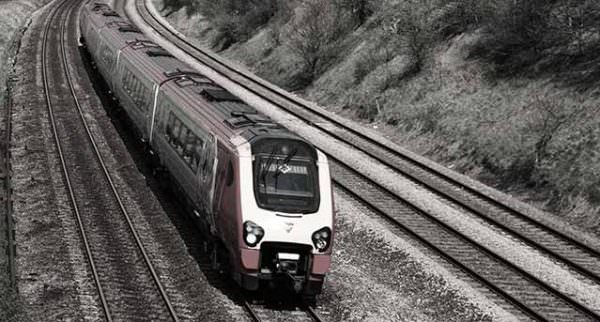The Rail Delivery Group (RDG) has publicly notified that snow, ice, and/or flooding will always have an effect on their operators’ tasks on the railway. There are times when weather conditions get out of hand; therefore, they are not able to run normal timetables. Various scenarios may arise: some train trips may be cancelled, and speed restrictions may be imposed due to certain obstacles that present themselves, such as when flood water rises above the tracks or ice prevents points working.
However, as long as the industry’s standards of stringent safety are not compromised, the RDG emphasized that their key focus is to keep as many trains running as conceivable.
Measures set out by The Rail Delivery Group that will improve railway’s resilience to flooding, ice, and snow include:
Trains

- Fitting of some trains with scrapers, brushes, steam jets, hot-air blowers, snow ploughs, and jets for compressed air and heated anti-freeze will take place in order to rapidly disintegrate the ice that is present on the tracks. In addition, heated skirts will be utilized on trains that are running in the colder regions of the UK.
- Trains have features that were designed to prevent issues that are usually caused by extreme winter conditions, including horn heaters, fuel tank heaters, door seal grease, and couple heaters.
Tracks
- To help keep tracks clear, trains that are empty will only run at night in specific areas as temperatures begin to drop. Following adverse conditions, to ensure that routes are clear, freight trains will run in the mornings.
- The Network Rail has extended winter fleet. It now includes twenty-five locomotives that are fitted with mini snow ploughs, two snow blowers, ten ice and snow treatment trains, fourteen snow ploughs, and twenty-four multi-purpose vehicles which carry equipment that helps dissolve ice.
- Heating strips and anti-icing fluid are utilized on conductor rails in order to place a halt on ice build-up, which is what prevents trains from drawing power. Heating strips are utilized in specific locations and have already helped to reduce ice related incidents by up to eighty percent in the South East.
Points and Signals
- In order to prevent ice from forming, NASA grade insulation and heaters have been attached to important points.
- In order to prevent damage by ice falling from any train and to keep snow out, protective covers have been integrated to 2,500 points and 4,000 points motors.
- To identify points heaters that are not effectively functioning, a helicopter that is fitted with thermal imaging cameras is on standby and remote temperature monitoring has been introduced.
Depots and Stations
- Ensuring stations and depots have sufficient de-icer supplies, shovels, and ice.
- Preparing specialist equipment such as steam jets and hot air blowers at depots.
Staff
- Plans that regard to staff being present at strategic places. This is in order to advise and provide information to rail users in times of severe disruption. This is to ensure that a full depot of staffing is maintained. Even when some individuals are not able to get to work.
- Round the clock, in times of severe weather, thousands of staff will patrol. This in order to clear ice and snow from tunnels and junctions.
- When the Environment Agency sends flood warning, equipment and staff will be sent to areas that are at risk. This is so that mitigation and preventative measure can start.
The Rail Delivery Group is going the extra mile. It has pledged to improve the information that passengers attain. Constant details will be displayed on social media, mobile applications, online sites, and of course, in stations. Another thing that RDG is going to improve is the explaining to passengers about their rights to compensation.

